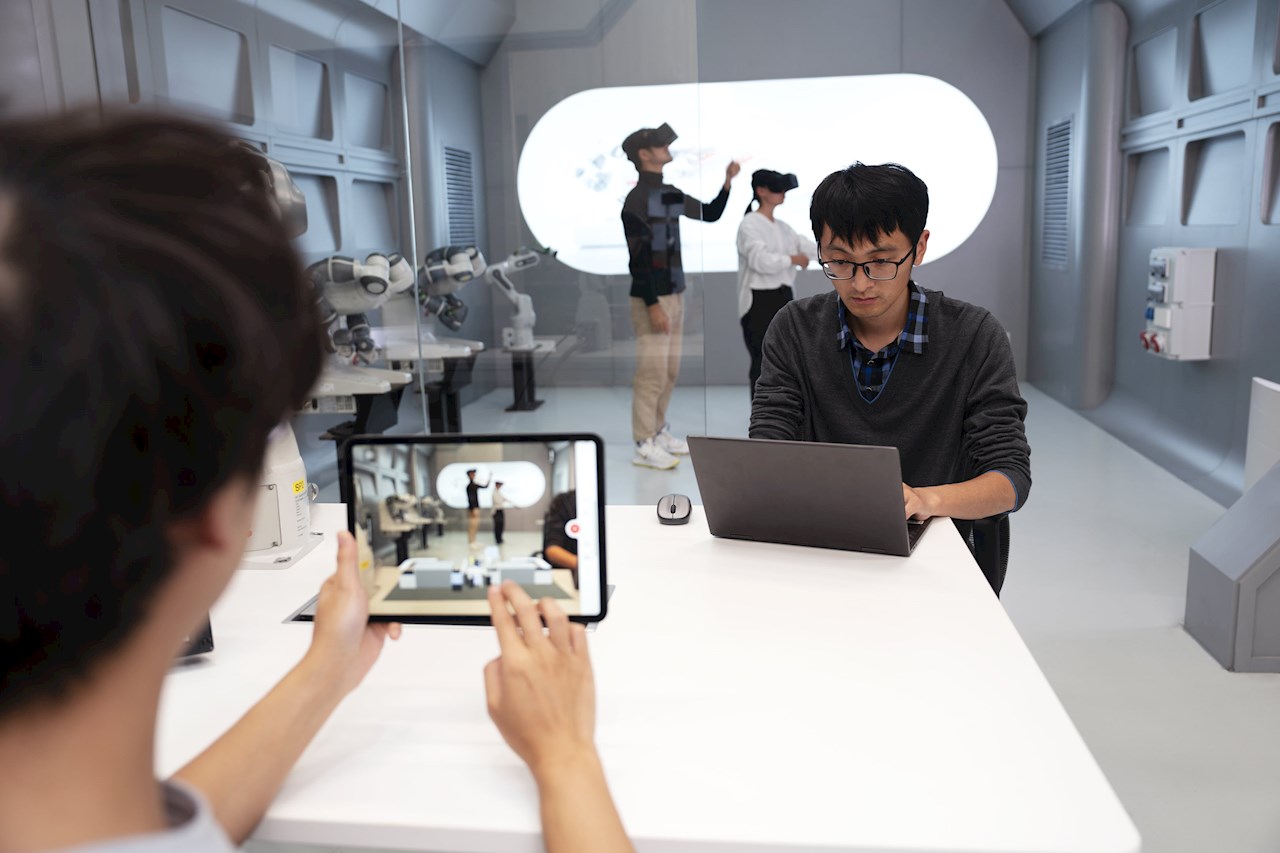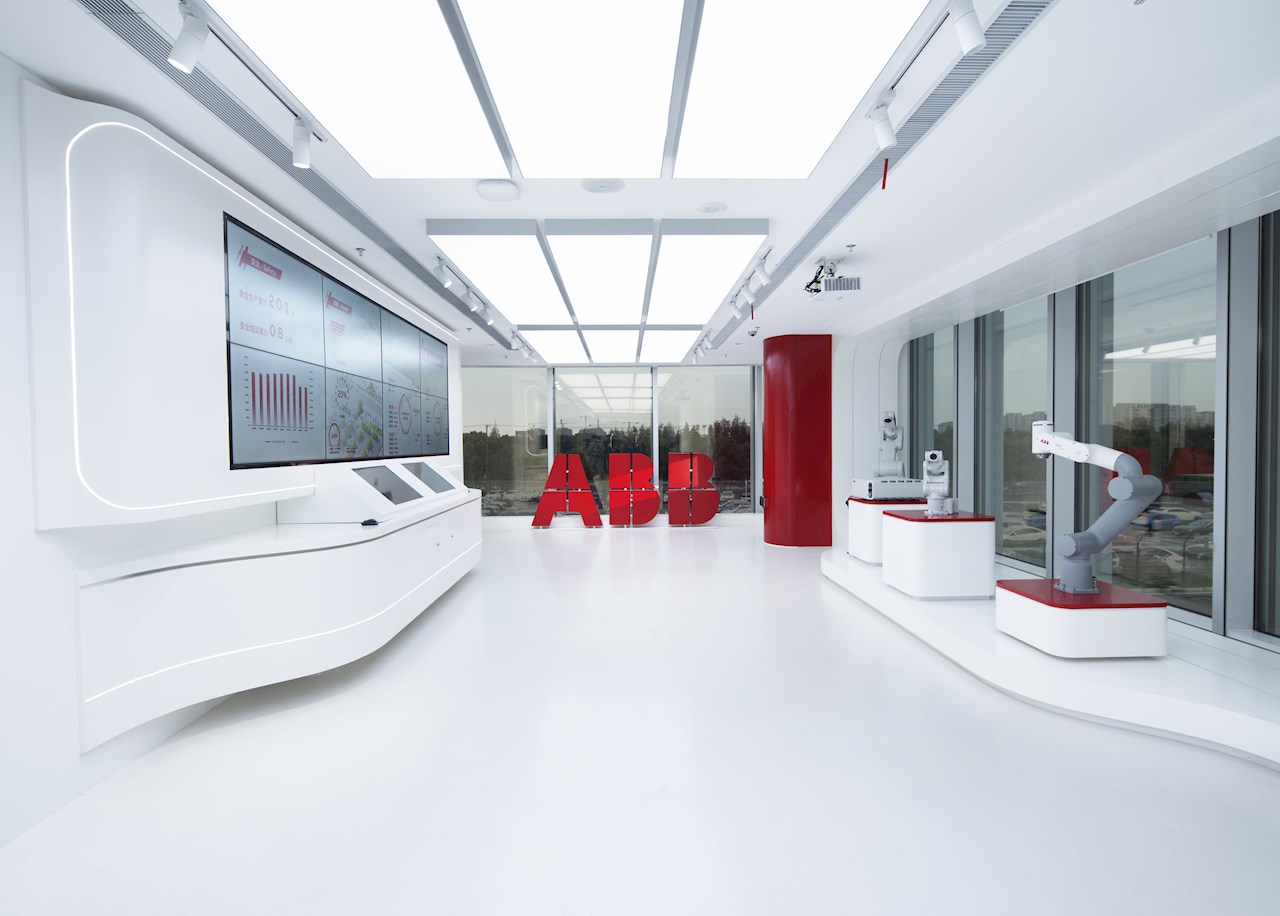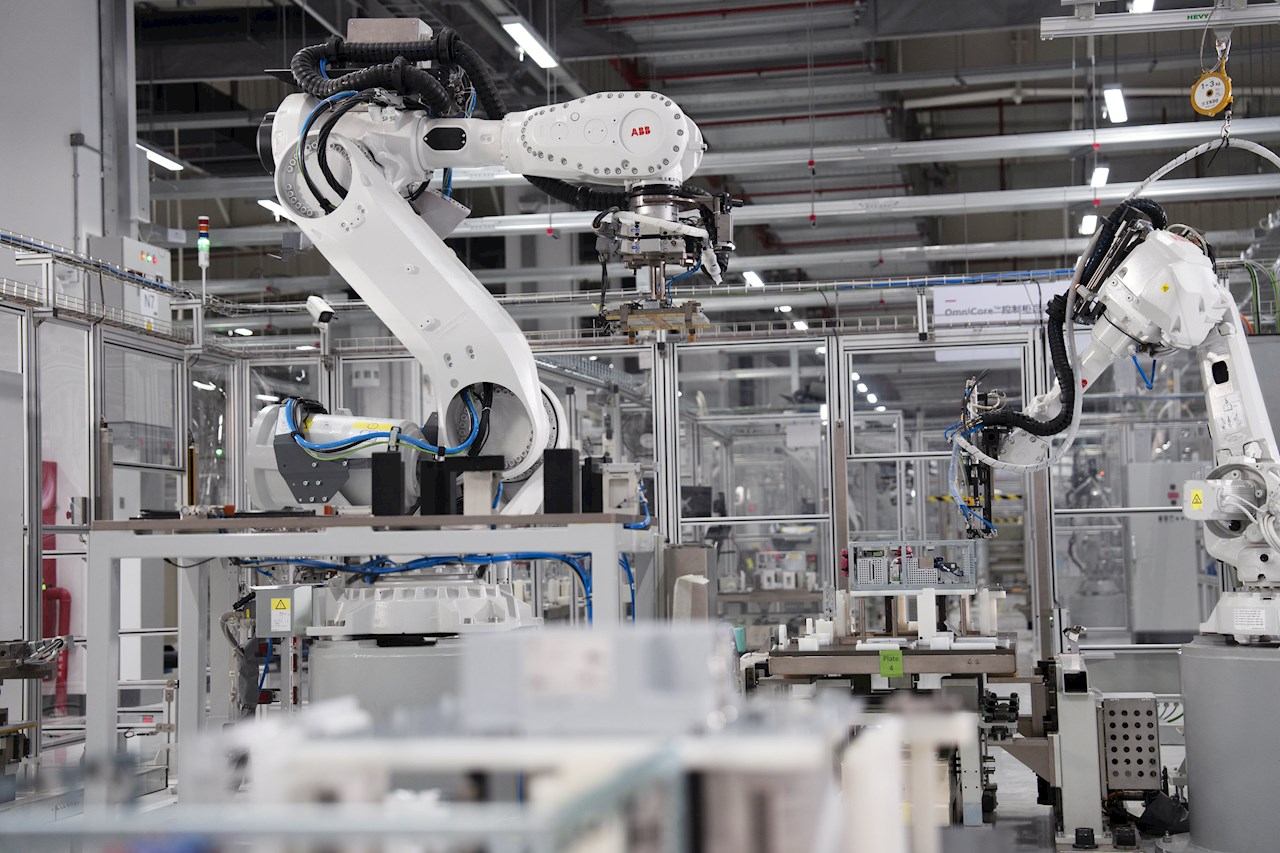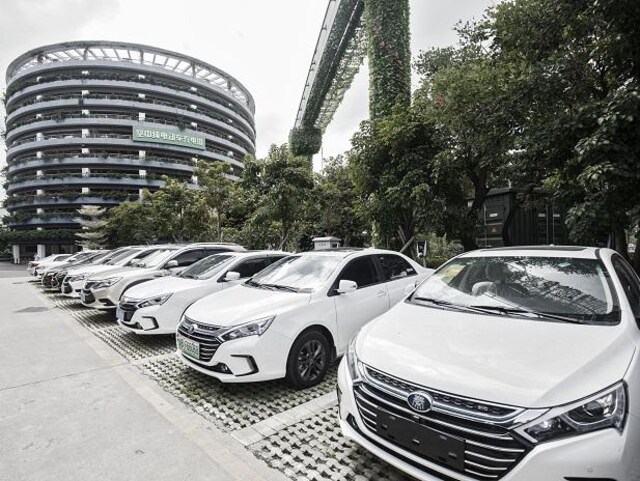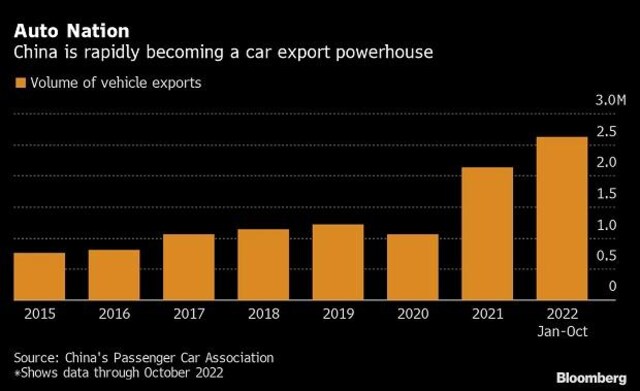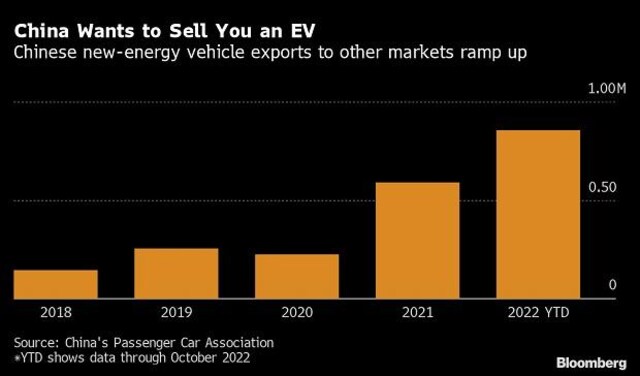Including fudged data, fake paid news and propaganda.
This is really paid publicity
ABB should pay my salary
ABB opens state-of-the-art robotics mega factory in Shanghai
Group press release | Shanghai, China | 2022-12-02
- New 67,000 m2 robotics facility represents $150 million investment
- Production facility and ‘open lab’ customer collaboration center utilizes digital and automation technologies to manufacture next generation robots
- New factory and R&D center strengthens ABB’s robotics and automation leadership in China
Today, ABB officially opened its state-of-the-art, fully automated and flexible robotics factory in Kangqiao, Shanghai, China. The 67,000m2 production and research facility represents a $150 million (1.1 billion RMB) investment by ABB and will deploy the company’s digital and automation technologies to manufacture next generation robots – enhancing ABB’s robotics and automation leadership in China.
“Building on three decades of success in China, the opening of our new mega factory is another milestone in helping our customers grow sustainably, address labor shortages and create high-value jobs in a new era of automation,” said Sami Atiya, President of ABB Robotics and Discrete Automation. “Our innovative, automated and flexible factory plays a key role in our strategy of ‘in China, for China,’ strengthening our full value chain here. With over 90 percent of sales supported by our factory, the new facility will help our customers in China create more locally made products, solutions and services.”
ABB predicts that the global robot market will grow from $80 billion today to $130 billion in 2025, while China the world’s largest robotics market, accounted for 51 percent of global robot installations in 2021, surpassing the one-million-unit mark of operational robots in 2021.
The facility brings together the physical and digital worlds, creating a digital manufacturing ecosystem that harnesses virtual planning and production management systems to improve performance and maximize productivity through the collection and analysis of data. There are no traditional, fixed assembly lines – instead flexible, modular production cells are digitally connected and networked, and served by intelligent autonomous mobile robots. AI-powered robotic systems take on tasks such as screwdriving, assembling and material handling, relieving people from these tasks and enabling more rewarding work.
“This manufacturing and R&D facility brings to life our vision for the factory of the future – where flexible automation makes production and intra-logistics more resilient, faster and more efficient,” said Marc Segura, President of ABB Robotics. “It embodies our commitment to the latest in flexible, modular, intelligent manufacturing and it represents our focus on AI learning technologies for smarter robotics. At our new R&D facility, we will co-develop new solutions with businesses to prepare them for a new age of automation in the world’s largest robotics market.”
The site’s R&D center, covering an area of 8,000m2, will create new innovations in Artificial Intelligence (AI), digitalization and software, such as autonomous mobility, digital twin, machine vision and low-code programming software, to make robots more intelligent, flexible, safer and easier to use.
(1/3) The facility brings together the physical and digital worlds, creating a digital manufacturing ecosystem that harnesses virtual planning and production management systems to improve performance and maximize productivity through the collection and analysis of data.
These innovations, co-developed with partners and customers in ABB’s ‘open lab’, will help unlock new possibilities for flexible automation in new sectors like New Energy Vehicles (NEV), logistics, healthcare, food and beverage. Having trained more than a million people in China since 2005 through existing partnerships with schools and universities, the new site will continue to prepare and equip partners and end users with the skills to thrive in a new era of automation.
“Since ABB Robotics entered the Chinese market nearly 30 years ago, it has been supporting customers in all sectors from automotive and electronics to metals, plastics and logistics. Now with our new mega factory we can meet the surge in demand for automation in China, particularly from new segments such as New Energy Vehicle manufacturing, wearable electronics, restaurants, healthcare, e-commerce, retail and service robotics, among many others,” said Rui Liang, President of ABB Robotics Division in China.
The factory is the latest ABB Robotics and Discrete Automation facility to open this year following a new global innovation and training campus for machine automation in Austria in July and the Learning Factory 4.0 in Berlin in September.
ABB employs more than 15,000 people in over 130 cities in China, and China remains one of ABB’s most important R&D and manufacturing centers. As one of three ABB Robotics factories worldwide, the new facility in Shanghai, which replaces the existing site, will support customers in Asia. The factory in Västerås, Sweden, supplies customers in Europe and the Auburn Hills factory in Michigan supports the Americas.
ABB is a technology leader in electrification and automation, enabling a more sustainable and resource-efficient future. The company’s solutions connect engineering know-how and software to optimize how things are manufactured, moved, powered and operated. Building on more than 130 years of excellence, ABB’s ~105,000 employees are committed to driving innovations that accelerate industrial transformation.
www.abb.com
ABB Robotics & Discrete Automation is the only company with a comprehensive and integrated portfolio covering robots, Autonomous Mobile Robots and machine automation solutions, designed and orchestrated by our value-creating software. We help companies of all sizes and sectors – from automotive to electronics and logistics – become more resilient, flexible and efficient. ABB Robotics & Discrete Automation supports customers in the transition towards the connected and collaborative factory of the future. The business area employs more than 11,000 people at over 100 locations in more than 53 countries.
go.abb/robotics
